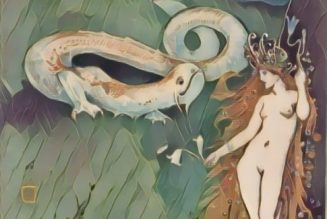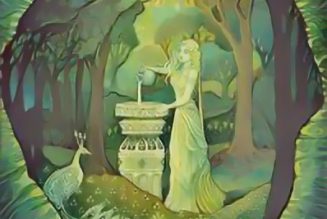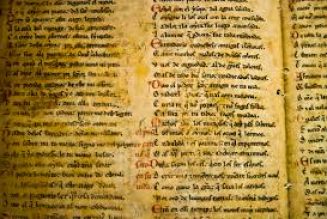Who Is Bacchus?
Bacchus was essentially a copy of the Greek god Dionysus. He was the god of agriculture and wine and the son of Jupiter (Zeus in Greek mythology). He wandered the earth, showing people how to grow vines and process the grapes for wine.
Origins
Bacchus is often confused with Dionysus. They represent the same symbology and myths, as Bacchus is the Roman version of the Greek god.
Legends and Stories
When exploring the myths surrounding Bacchus, it’s easy to see that he is a duplicate of Dionysus. Their myths are virtually identical except for the names of supporting roles.
The Birth of Bacchus
Bacchus was the son of Jupiter, a god. His mother was a mortal named Semele. Jupiter was married to Juno but had an affair with Semele, resulting in the conception of Bacchus.
Juno learned of the affair and sought revenge against the woman who seduced her husband. Mortals were unable to view gods in their original form. Instead, gods transformed their appearances when they associated with mortals. Knowing very well of this, Juno tricked Semele into seeing Jupiter in his true form and she was burned up by seeing him in his divine form. She had not yet given birth to Bacchus, so Jupiter sewed the baby to his thigh and carried him until he was ready to be born.
Bacchus and Wine
Bacchus was known as the god of agriculture and wine. He spent his childhood in training by Silenus, a great lover of wine. After his training was complete, he chose to share his knowledge with the masses and traveled the world teaching others how to grow the necessary components and turn them into wine. He did this until he took his place at Olympus.
Appearance
There are many statues and painted works of art dedicated to Bacchus. He is usually shown as a middle-aged man with a beard and a full head of hair that’s been crowned with an intricate headpiece filled with grapes and vines. He is also often shown with a glass of wine, presumably made by him.
Symbology
Bacchus is most often associated with wine and vines. It is uncommon to see him pictured without them. Another symbol for the god is his staff, which was topped with a pinecone. He often carried this staff and used it while traveling the world. He is also associated with celebration, as he always had a procession filled with followers who would dance while he made wine.






















